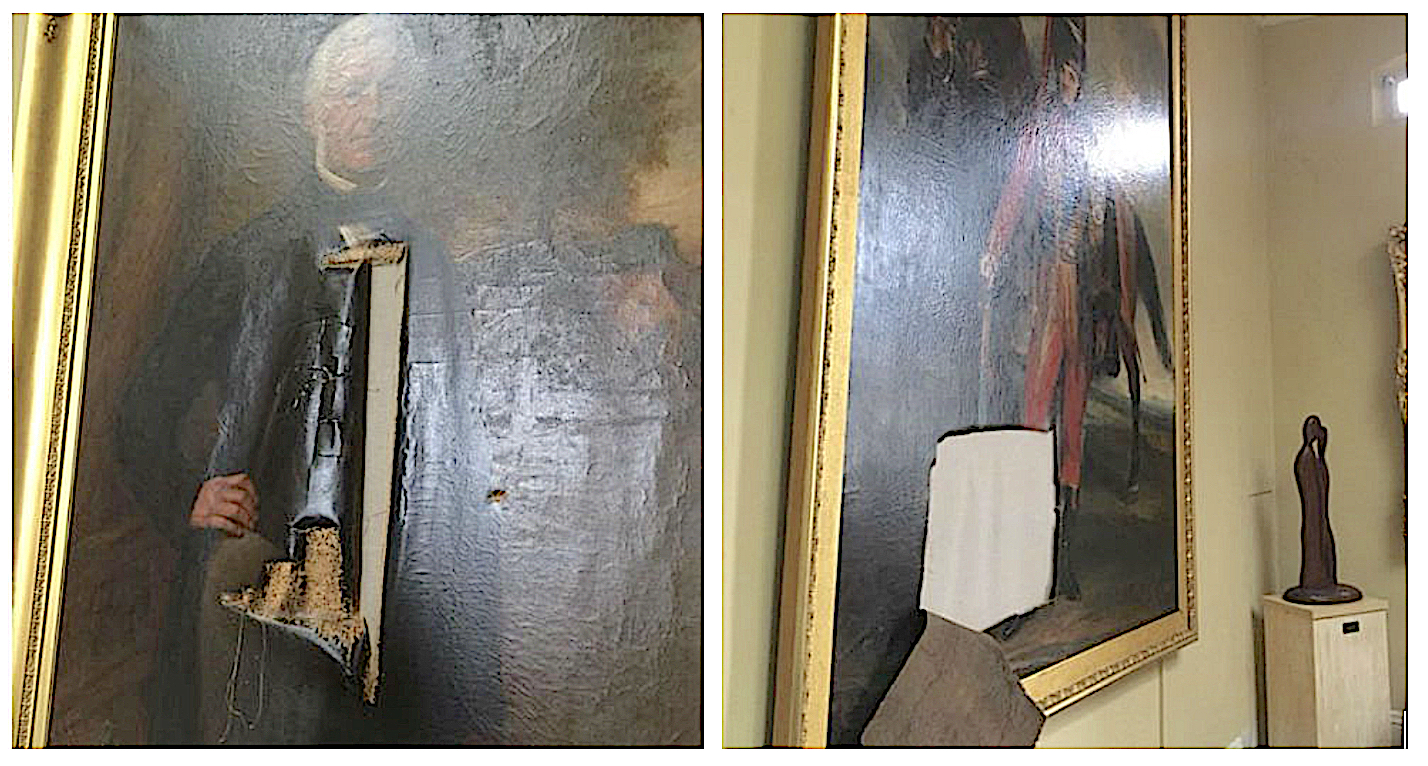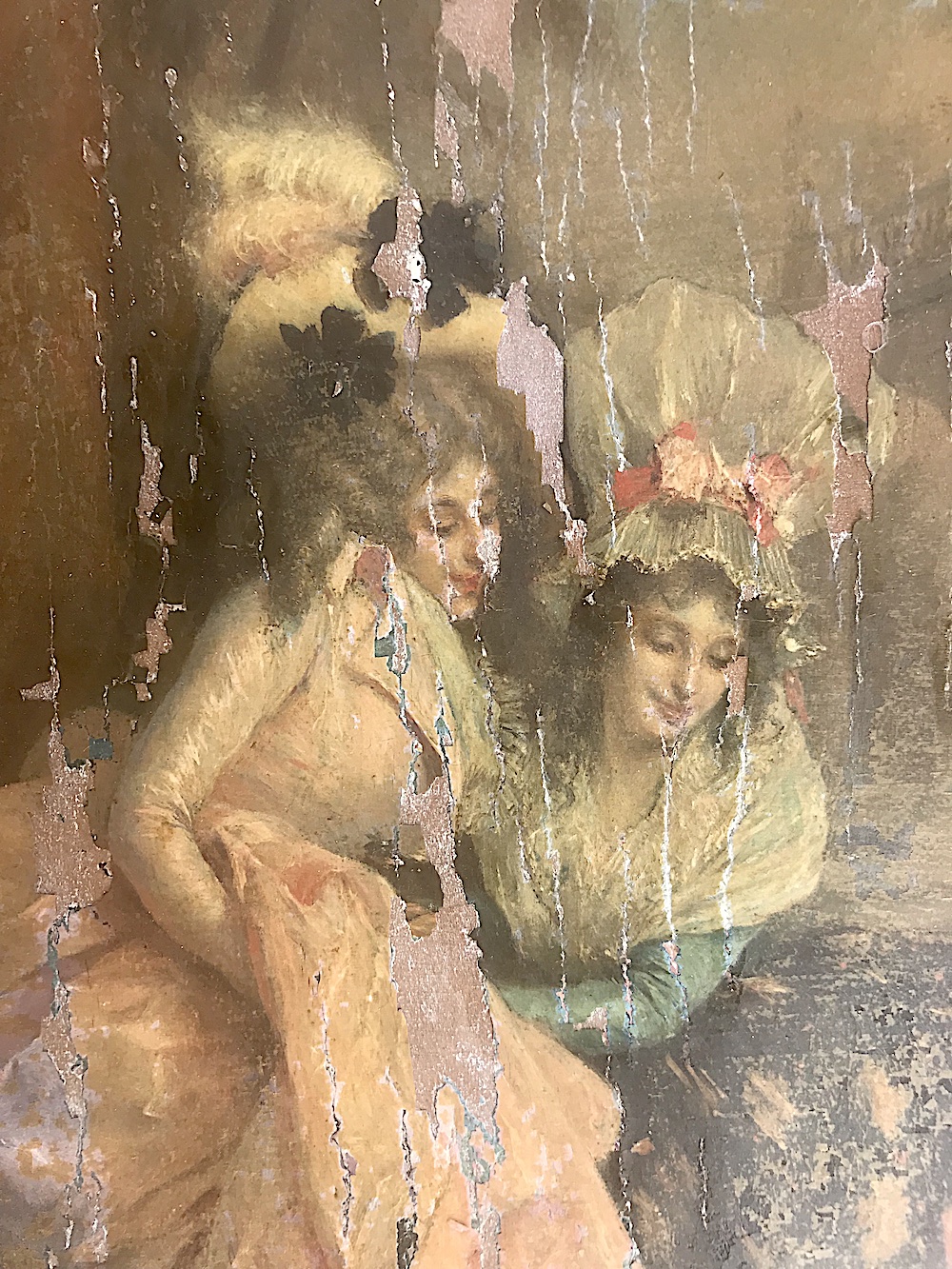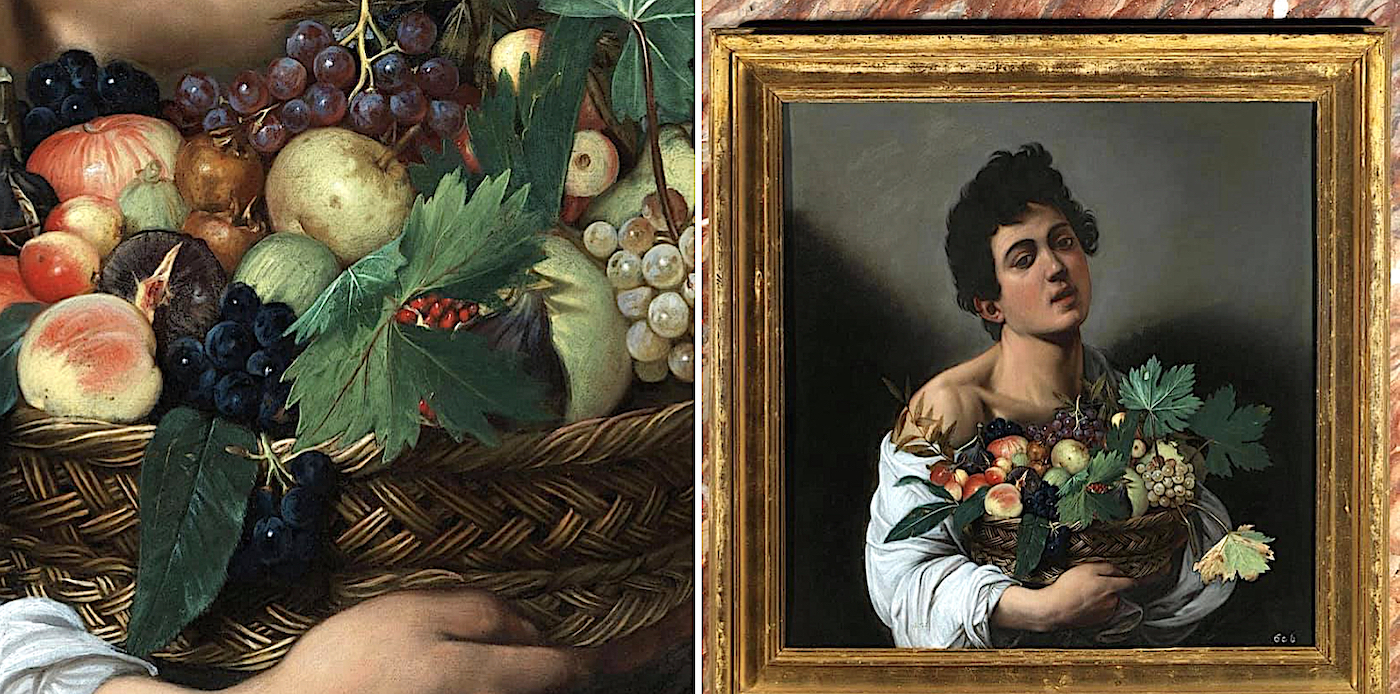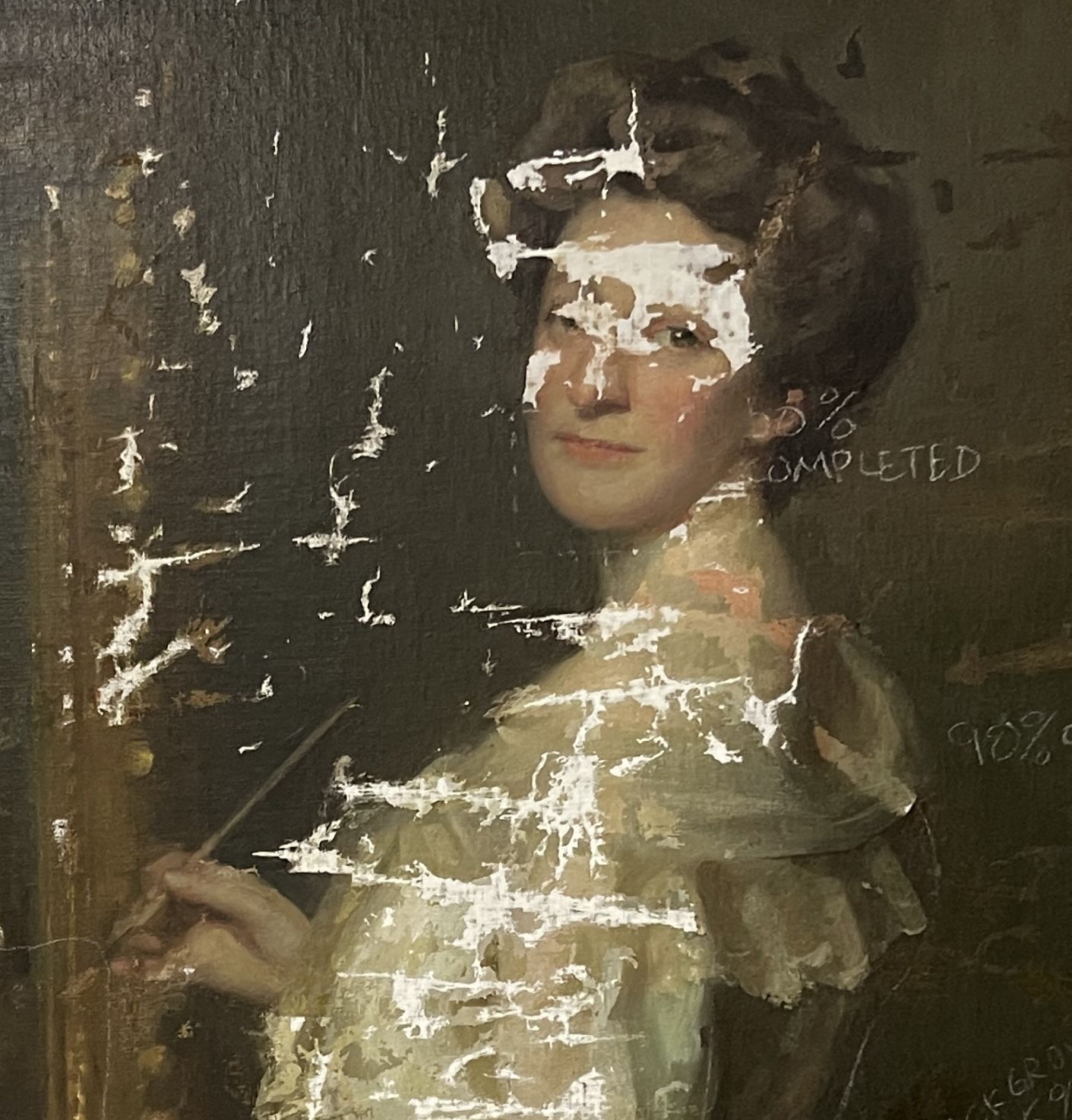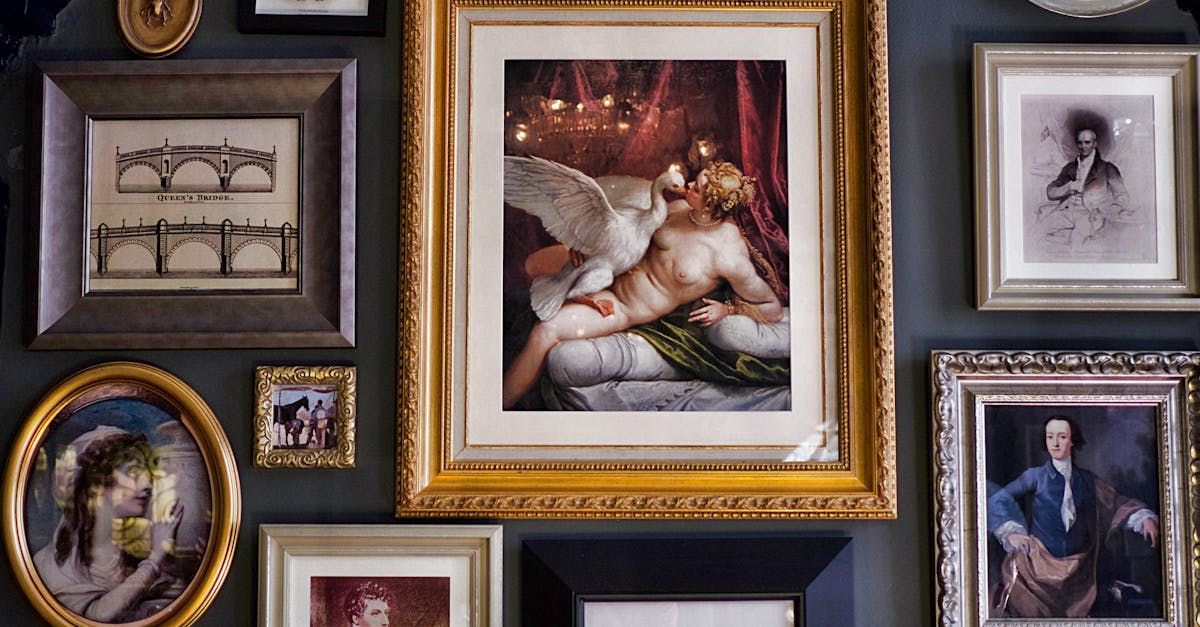Should I Put Glass In Front Of My Painting When I Frame It?
This article has been syndicated at www.NewsReleaseWire.com/257654 What does it mean to be syndicated? See end of article.
Whether you're framing oil paintings, landscape paintings, or contemporary artwork, glazing can help protect your treasured piece—but it isn't always the best choice.
Why Add Glazing?
Glazing—glass or Plexiglas—shields artwork from dust, fingerprints, smoke, and even fire damage. Museums and galleries often use it for fine art, but art lovers should think carefully about the piece’s condition and display location.
Benefits of glazing:
- Prevents contact damage (great for homes with kids or pets)
- Anti-glare technology gets better over time. It usually also has a UV filter.
- Reduces glare with anti-reflective options
When Glazing Is Essential
- Your painting is fragile—watercolors, pastels, or delicate mixed-media.
- You’ve experienced accidents, smoke exposure, or flood threats.
- You want extra protection for valuable oil paintings or sentimental family heirlooms.
✅ Tip: Add a spacer (at least 1/8″, ideally ¼″) to keep the glazing from touching the painting, especially for pastel or chalk pieces.
✅ Tip: If you are going to ship, transport or store paintings either remove the glass, seriously tape over the glass so it doesn’t go everywhere when it breaks or replace it with plexi.
If you want suggestions on how to hang framed items safely, go to: https://www.HangAFramedItemSafely.com
When Glazing Can Hurt
- Oil paintings usually look and feel better unglazed—nothing stands between viewer and brushwork.
- Improper glazing during shipping can shatter and damage the paint surface.
- Glazing can trap moisture and cause mold if not sealed properly—especially in humid places.
- In earthquake-prone or windy areas (like Henderson/Las Vegas), glass can be dangerous if it breaks.
Expert Insight
At FACL, Inc., we’ve often removed shattered glazing from damaged paintings and found mold trapped inside frames—especially in older homes.
In one case, a high-value fine art painting arrived broken and glazed; the broken glass sliced the paint, leading to costly damage
.
Art conservators can help you choose the best framing solution, balancing protection, aesthetics, and longevity for your fine artwork.
"Years ago, the De Young Fine Arts Museum in San Francisco put glazing on the front of all of their paintings as a result of their paranoia and their inability to keep the general public from touching the artwork. I guess you can tell from how I phrase that last sentence that I don’t like glazing in front of artwork if it cannot be helped. But some artwork is too fragile and it is accepted that glazing should cover prints, watercolors, perhaps collectibles in shadowboxes and not left naked to the open air."
- Scott M. Haskins, Senior art conservator at FACL, Inc.
TIP: If you frame art with glazing, space the glazing away from touching the art. I like to space it at least 1/8” but ¼ is better. And remember, Plexiglas creates a static field which pulls pastel dust off the artwork… so maybe even more space than ¼” is better. But here are some arguments against glazing on oil/acrylic paintings:
"A truly heartbreaking situation but a result of an uninformed collector who shipped this gorgeous, high quality, valuable artwork with little protection. The glass broke and then slid around in the packing which broke up the paint layers. We could have stabilized and restored this to look perfect, preserving its beauty and most of its value but the collector didn’t want to spend the money and I think they threw it away!!"
- Scott M. Haskins
The biggest reason for me, however, is that I don’t want anything between me and the artwork when I enjoy or study it.
Thanks to art historian, scholar, author Dr. Anna Dantes (Rome) for updating us on the painting conservation treatments of this world famous painting by Caravaggio that has to be worth somewhere around $350 million. It has just returned on view after a meticulous study and exacting art conservation treatments. A surprising decision by museum admin., yet wonderful for those that take the time to stand in front of the painting, they removed the protective glazing from in front of the painting so there is nothing that stands between you and the genius and impact of the artwork.
Questions: Call us! Scott M. Haskins, Virginia Panizzon Art Conservators 805-564-3438 faclofficemanager@gmail.com
What does it mean that this article is “ syndicated”?
When something is published, usually by a news source, and is made available through different venues for redistribution then it is said to be syndicated. Publications that are syndicated are usually considered of value as being from an expert, educational, new worthy or valuable for wide popular interest. See syndication page at the renowned publicity site: www.NewsReleaseWire.com/257091
This website’s syndication included:
1) Included in the ExpertClick Press Room as a ‘press release.’ (different than a ‘news release’)
2) Included in the ‘Speaker Bureau Platform Page.’
3) Shown on the front page of ExpertClick, in rotation with other most recent posts.
4) Shown in the ‘News Release Results page.’
5) Included on optimized for searches on all my topics of expertise.
6) Shown via RSS linked from the Press Room. (A specific way news is actively distributed within the industry)
7) Shown in the full RSS feed from ExpertCick. (Another, different specific way news is actively distributed within the industry)
8) Syndicated to LexisNexis.com As of 2006, the company had the world’s largest electronic database for legal and public-records related information, distributor of academic content and expert opinion.
